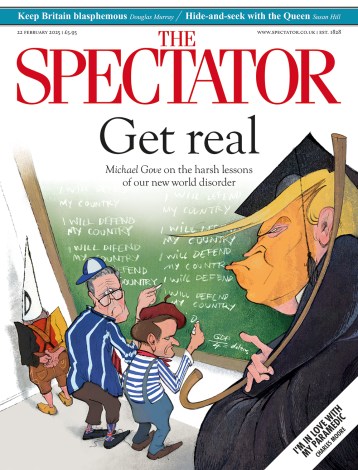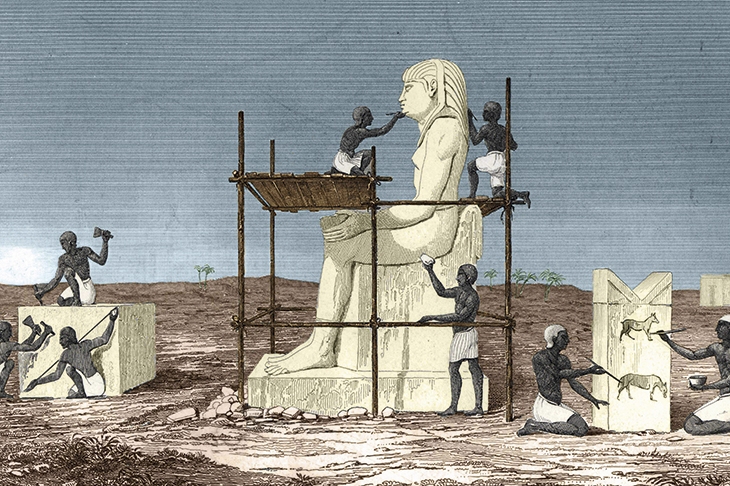In 1835 the first two Egyptian antiquities were registered in the British Museum: a pair of red granite lions from Nubia. Each bore the name of Tutankhamun — not that anyone had ever heard of him.
All serious understanding of the millennia-spanning Nilotic civilisation had disappeared before the last hieroglyph was carved in 394 AD. In the mid-18th century the most advanced ‘scholarship’ on the subject consisted of ‘pinpricks of insight in an enveloping fog of misapprehension’, and by the early 19th century the Egypt of the pharaohs was still largely buried in the sand. The word ‘Egyptology’ did not exist.
Yet within 100 years Egypt would no longer be known as a land of biblical-classical myth but ‘the crucible of great feats of artistic and architectural achievement’, thanks to what Toby Wilkinson calls a ‘golden age of scholarship and adventure’ — between Champollion’s decipherment of hieroglyphics and the discovery of King Tut’s tomb in 1922.

Get Britain's best politics newsletters
Register to get The Spectator's insight and opinion straight to your inbox. You can then read two free articles each week.
Already a subscriber? Log in






Comments
Join the debate for just $5 for 3 months
Be part of the conversation with other Spectator readers by getting your first three months for $5.
UNLOCK ACCESS Just $5 for 3 monthsAlready a subscriber? Log in